The latest in a series of interviews with artists who have a significant body of work that makes use of or responds to network culture and digital technologies.
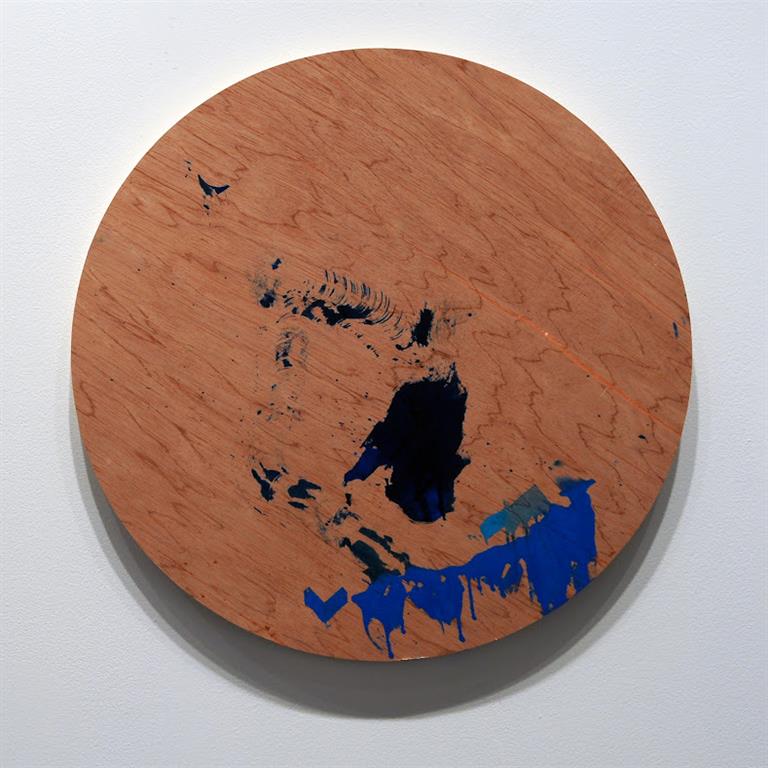
Christine Sun Kim, Speaker Drawing (2012)
Your own physical presence seems integral to your work. Sometimes you are literally in the space, guiding people and forging an interaction—I think of Gesture Sign Art that I saw at Kunstlerhaus Bethanien in 2012, where you showed instructions on an iPad for viewers to manipulate transducers and piano wires in space to create vibrations together. At other times you leave objects in the space that show evidence of your actions, like the Speaker Drawings that manifested transducer vibrations on paper. Do you think of those projects in terms of action and evidence? Are they autonomous, or do they require you to activate them?
Some of my performances are about the process of building a platform and conducting participants to become my voice (Subjective Loudness in Tokyo, 2013) rather than leaving my traces afterwards. It seems as if my "voice" as an artist cannot be conveyed without all those people’s involvement. It’s almost a direct reflection of my everyday communication. I expand my voice through other voices.
The Speaker Drawings were my baby steps as a sound artist, and I don't do them anymore. They were very straightforward: sound to visual. I'm so into the conceptual aspect of sound that these drawings almost feel like decoration, almost empty... or just a vessel. I like getting messy, though.
I met you while working for the Bard MFA program and was hired to be your note taker—I would transcribe all your studio visits with professors and afterwards you would read how the conversation had been translated through your interpreter from ASL [American Sign Language] to spoken English. I suddenly understood to what extent all communication is mediated artificially, and also confronted issues of accessibility for the first time. Do you think you're placed in an "educative" role by default in an art world where accessibility is so rarely part of the conversation?



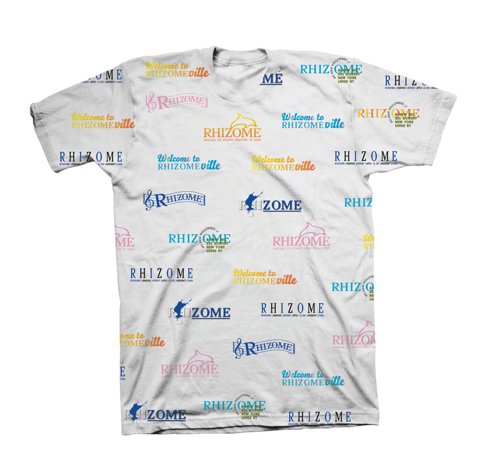
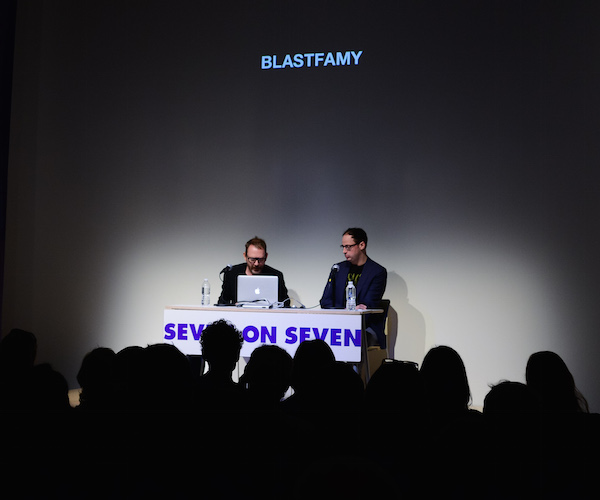
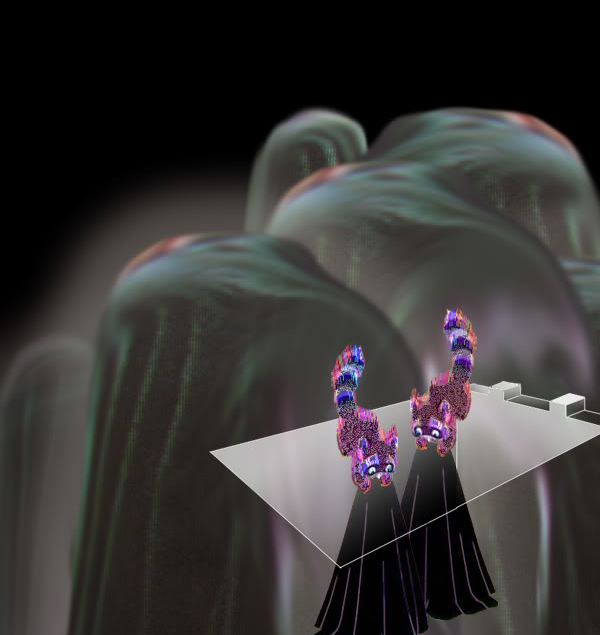
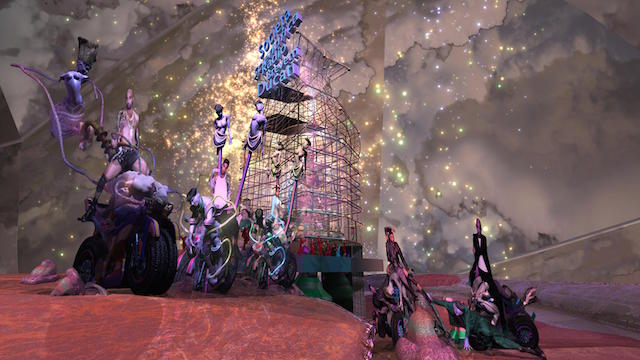
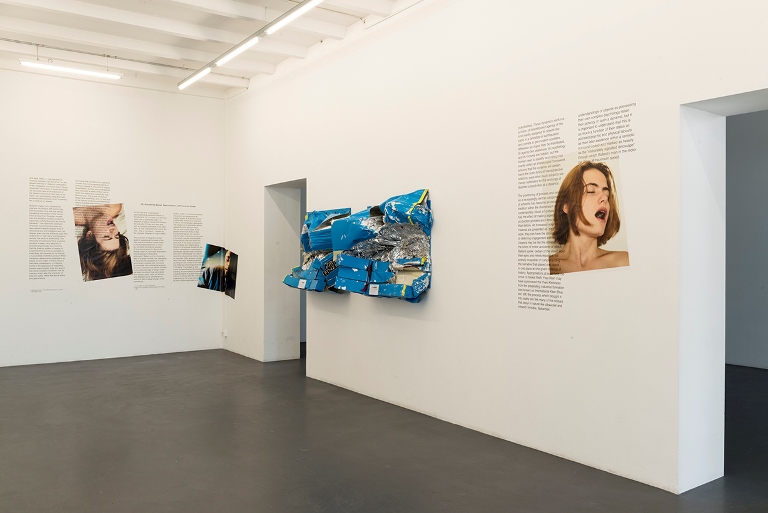
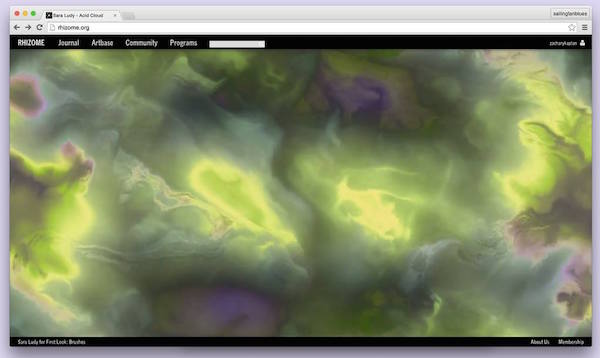
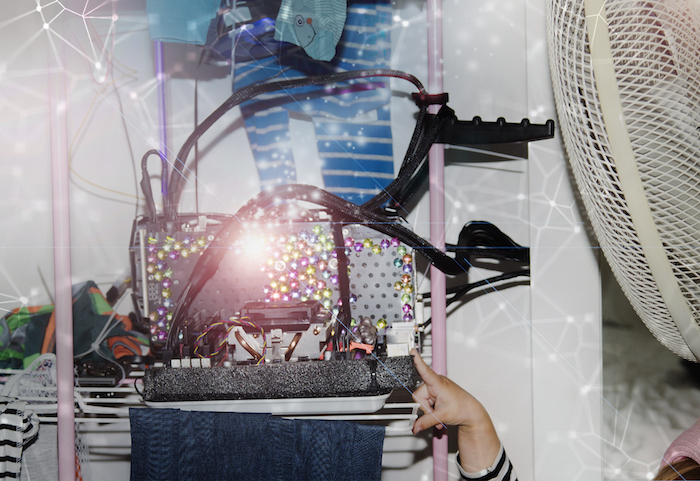
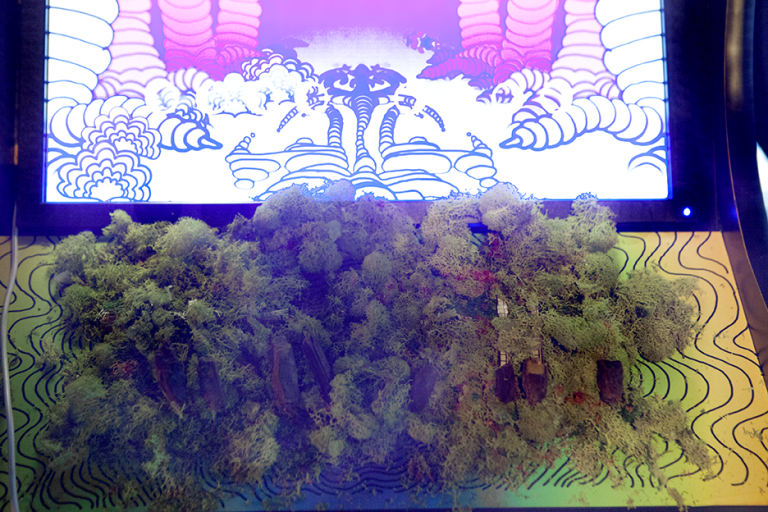






Yamil Orlando